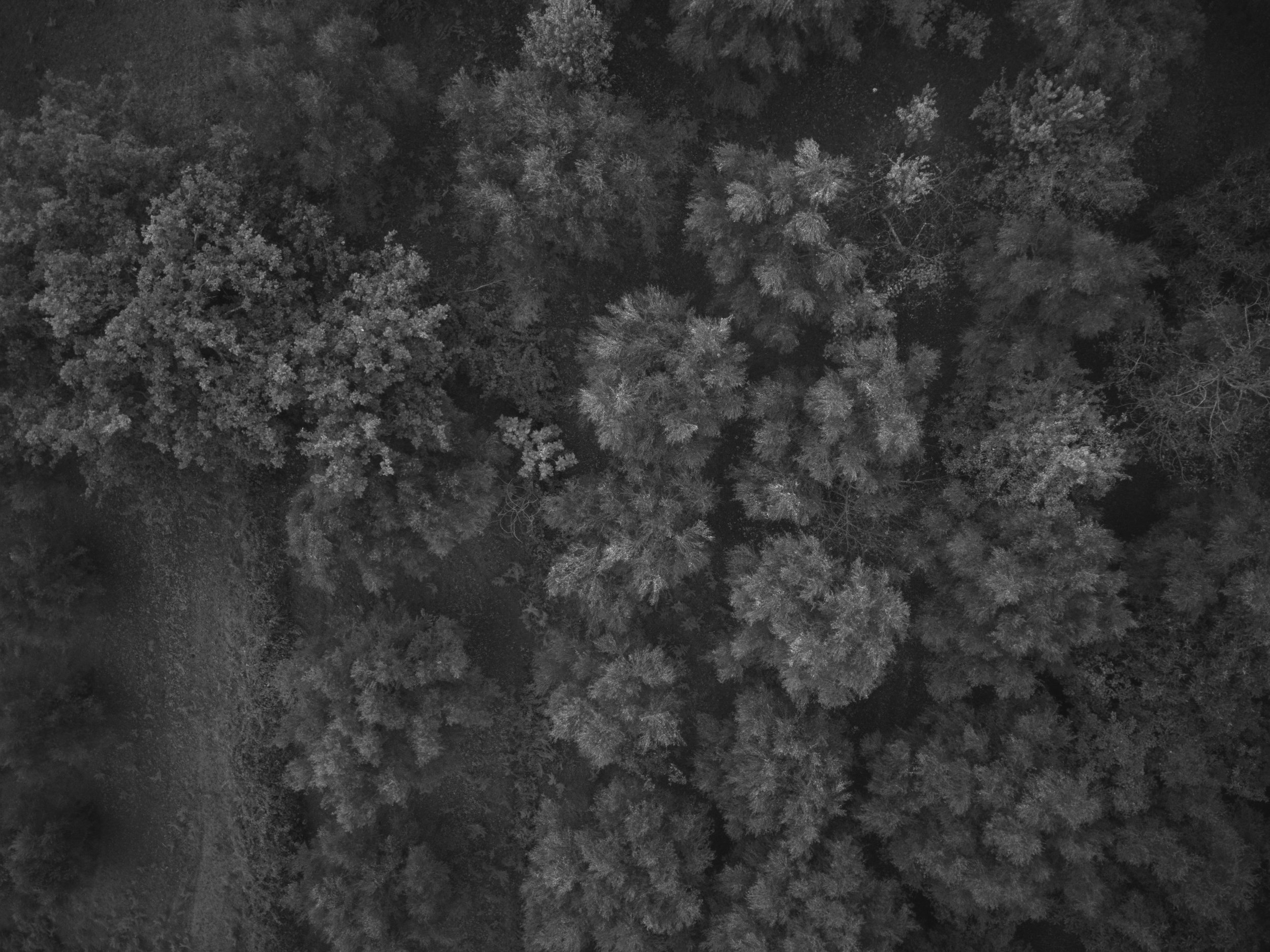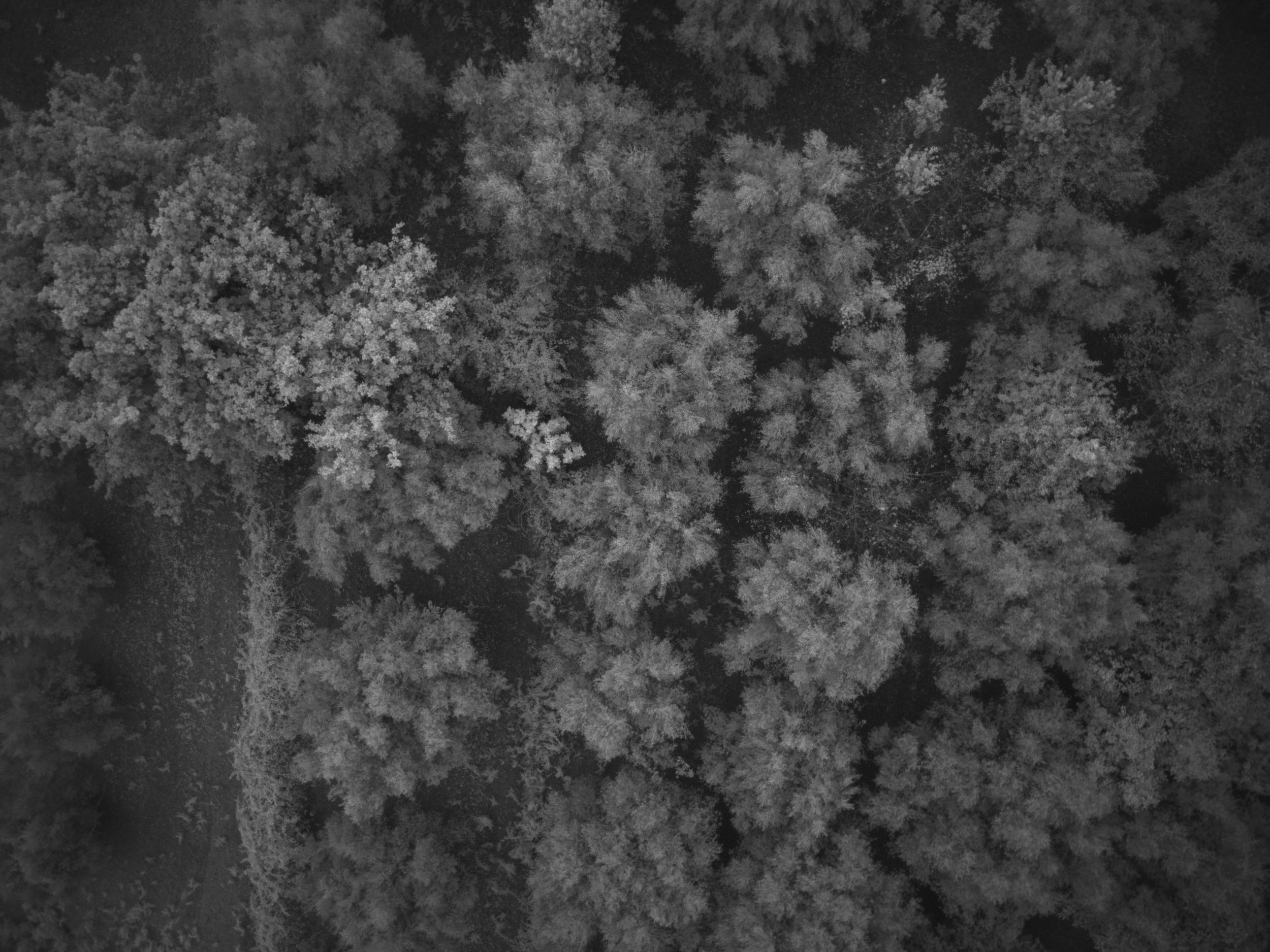Exploring the Vindacitu Olive Grove
The Vindacitu Olive Grove (Mileto, Calabria, Italy) represents a perfect example of biodiversity and agricultural challenges. Through our combination of advanced technologies and on-site analysis, we are transforming the management of this land to make it more productive and sustainable.
Olive Grove Data and Characteristics
Location: Vindacitu, Mileto, Calabria, Italy
Size: Approximately 0.8 hectares
Biodiversity: Olive trees, fig trees, wild trees along the borders, wild vegetation
Topography: Sloped terrain, ideal for solutions like terracing
Challenges: Drought, harmful plowing, whitefly infestation
Our Activities in 2024, Season by Season
2024 was a pivotal year for gaining an in-depth understanding of the Vindacitu olive grove. Each season allowed us to collect valuable data, observe changes, and identify key challenges such as drought, pests, and soil management. Through flights with traditional and multispectral drones, we analyzed the health of the olive trees and developed strategies to address these issues.
Spring, April: The Blooming Olive Grove
Video of the Vindacitu Olive Grove Captured by Drone in Spring 2024
In spring, the Vindacitu olive grove appears healthy: the vegetation is lush, the soil is covered with a layer of natural grass, and no visible issues can be seen to the naked eye. The olive trees, filled with shiny green leaves, are beginning to bloom, with branches loaded with buds promising a good season. The biodiversity of the land, with fruit trees and wild vegetation, helps create a balanced ecosystem.
To document the state of the grove, we conducted a flight with a traditional (RGB) drone to capture panoramic aerial videos and carried out an on-ground inspection to closely observe the general condition of the trees and soil. However, what seems like a perfect picture may be hiding problems that will only emerge in the following months, as we’ll see in the August analysis.
Summer, August: The Olive Grove in Distress
The Arid Land Under the Summer Sun
The first noticeable change compared to April is the arid, freshly plowed land. The soil, bare of vegetation, appears dry and hot, a clear sign of the damage caused by drought. Plowing, a traditional practice used for decades, is proving increasingly unsustainable in the era of global warming:
Soil erosion: The lack of vegetative cover makes the soil vulnerable to wind and rain.
Heat absorption: Bare soil absorbs more solar radiation, raising surface temperatures.
Moisture loss: Unprotected soil quickly loses available water, exacerbating water stress.
This situation is clearly visible in the aerial photo taken by the RGB drone, showing the grove from above with the bare, arid soil under the sun.
The Olives and the Whitefly
Upon closer inspection, the trees bear few olives, most of which are infested by whiteflies. The dark spots on the olives, visible in the close-up photo, reveal the presence of parasite eggs, thriving due to the high summer temperatures. The infestation is exacerbated by the lack of biodiversity, which limits the presence of beneficial insects like ladybugs, natural predators of the whitefly.
Recommended Solutions:
For the next year, we propose introducing companion plants such as lavender and rosemary, whose natural essences repel pests, along with flowers that attract beneficial insects, helping restore the balance of the ecosystem.
Multispectral Analysis and Resilience
Thanks to multispectral images, we can identify which trees are healthy and which are under stress. The NDVI (Normalized Difference Vegetation Index) measures plant health, with the image showing the following colors:
Red: Healthy and thriving trees.
Yellow and Orange: Stressed vegetation.
Blue: Bare or plowed soil without vegetation.
From the NDVI map, shown in the figure, it is clear that smaller trees are the most stressed, while the wild area with higher biodiversity is more drought-resistant. Additionally, plowing worsens the situation, making the soil hotter and drier.
Sustainable Solutions for Water Retention
Thanks to our drones and analysis software, we have created a detailed map of the terrain surface. The first image highlights high zones (in red) and low zones (in blue), showing the slope and terrain configuration. This data is essential for planning infiltration trenches—small ditches that collect rainwater and improve its absorption into the soil without altering the natural landscape.
Autumn, September: A Difficult Harvest
By late September, the olive trees were slightly less stressed compared to the summer months, but the effects of the arid season were still evident. The olives had begun to ripen, ready for harvest, though there were few fruits on the branches—a difficult year marked by drought and whitefly infestation. Multispectral images helped distinguish branches with ripe olives from those without, but the harvest remained a challenge.
Farmers were forced to harvest everything at once due to a lack of time and resources for a selective approach. While practical, this method risks compromising the quality of the harvested fruit.
A Regenerative Future for Olive Groves
Our work at Vindacitu demonstrates how innovation and sustainability can coexist to tackle today’s agricultural challenges. Through advanced technologies and a targeted approach, we are creating a replicable model for other olive groves.
Are you interested in learning how we can help improve your olive grove? Contact us to discuss how technology and sustainable solutions can revolutionize your land.













